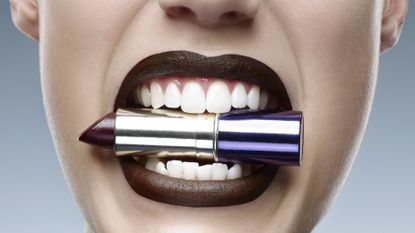

In this episode of "Sick, Sad World" (you're welcome for that Daria reference), you know nothing about your makeup. Welcome to the dark side, my fellow 18-shades-of-lipstick-toting, the-cosmetics-counter-is-your-home-away-from-home beauty lovers. (I'm sorry. I'm so sorry.)
We don't have any real federal regulations on makeup in the United States.
The United States Food & Drug Administration isn't testing cosmetic ingredients because, well, they're not food or drugs. Which means things banned elsewhere (think parabens, which are linked to breast cancer; ethylene oxide, which is a known carcinogen; and octinoxate) are totally A-OK here. In fact, pretty much any chemical can be used as an ingredient.
The FDA does monitor cosmetics under the FD&C Act, which basically says as long as they aren't "adulterated" or "misbranded" they're cool to go on the market. (So no poisons, phew.) To put it frankly: In Europe there are 1,373 banned cosmetic chemicals. In the U.S.? Eight.
Companies don't have to test their products.
Well, not in any way that has to be demonstrated. Like we said, the FDA doesn't have legal authority to approve cosmetics. However, companies are "legally responsible" to ensure their product is safe. The way they can prove cosmetics safety? By saying ingredients are legit and comparing it to other similar product formulations. As long as that's done, it's fine to hit the shelf. In fact, this is a real sentence on the FDA website: "If a manufacturer does not have the technical expertise to determine the best way to ensure that a product is protected from contamination, the company may want to work with a consultant." MAY want to work with a consultant. They can't legally tell them to, because they don't have any authority over these companies.
80 percent of ingredients used in personal care products have never been tested for safety.
Wait, what?!
Fragrance can mean pretty much anything.
It can mean anything from a couple of natural oils to a straight-up chem lab. But it doesn't matter. Fragrance is fragrance is fragrance in makeup land. And it'll be labeled as such. Think of the term as a catch-all.
Organic probably doesn't mean what you think it means.
There's no true, standard definition for what can be labeled "natural" or "organic," meaning as long as it's not "misleading" in the FDA's eyes, it's passable. There are certain programs—like the "USDA Organic" logo—that work to certify bath and beauty products, but definitions vary from program to program and basically, it's all a little confusing. That body wash with cucumber extract made up of 97% of chemicals? That can be classified organic.
Stay In The Know
Marie Claire email subscribers get intel on fashion and beauty trends, hot-off-the-press celebrity news, and more. Sign up here.
"Cruelty-free" and "not tested on animals"?
There are no legal definitions for these terms. None. Nada.
The average woman uses 13 products per day with 515 ingredients.
Ugh, BRB. Scrubbing my face.
You should also check out:
8 Mistakes You're Making When You Shave Your Legs
You Have to Cut Your Hair to Grow It Out, and 8 Other Beauty Ironies

Samantha Leal is the Deputy Editor at Well+Good, where she spends most of her day thinking of new ideas across platforms, bringing on new writers, overseeing the day-to-day of the website, and working with the awesome team to produce the best stories and packages. Before W+G, she was the Senior Web Editor for Marie Claire and the Deputy Editor for Latina.com, with bylines all over the internet. Graduating from the Medill School of Journalism at Northwestern University with a minor in African history, she’s written everything from travel guides to political op-eds to wine explainers (currently enrolled in the WSET program) to celebrity profiles. Find her online pretty much everywhere @samanthajoleal.
-
 Heidi Gardner Opens Up About Viral Moment She Broke Character During ‘Saturday Night Live’ Beavis and Butt-Head Sketch
Heidi Gardner Opens Up About Viral Moment She Broke Character During ‘Saturday Night Live’ Beavis and Butt-Head Sketch“I just couldn’t prepare for what I saw.”
By Rachel Burchfield Published
-
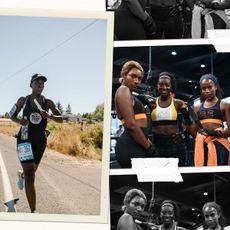 Fashion, Family, Fitness: The 3 Guiding Principles of 'MC' Editor-in-Chief Nikki Ogunnaike and How They Intersect in Her Life
Fashion, Family, Fitness: The 3 Guiding Principles of 'MC' Editor-in-Chief Nikki Ogunnaike and How They Intersect in Her LifeBy Nikki Ogunnaike Published
-
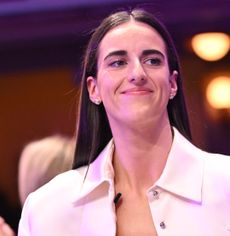 Caitlin Clark's WNBA Draft Glow Is Courtesy of Glossier
Caitlin Clark's WNBA Draft Glow Is Courtesy of GlossierShe even wore a just-launched product from the brand.
By Julia Marzovilla Published
-
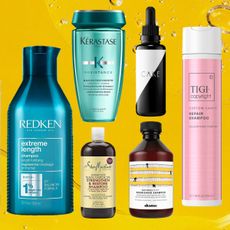 The 32 Best Hair Growth Shampoos of 2024, According to Experts
The 32 Best Hair Growth Shampoos of 2024, According to ExpertsRapunzel hair, coming right up.
By Gabrielle Ulubay Published
-
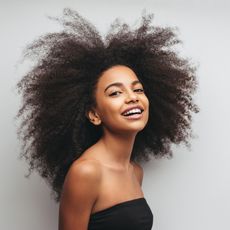 The 20 Best Hair Masks for Damaged Hair, According to Experts and Editors
The 20 Best Hair Masks for Damaged Hair, According to Experts and EditorsHealthy strands, here we come!
By Gabrielle Ulubay Last updated
-
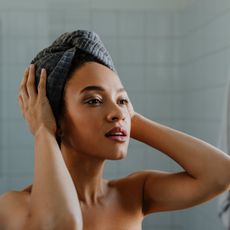 How Often You Should Wash Your Hair, According To Experts
How Often You Should Wash Your Hair, According To ExpertsKeep it fresh, my friends.
By Gabrielle Ulubay Published
-
 The 11 Best Magnetic Lashes of 2023
The 11 Best Magnetic Lashes of 2023Go ahead and kiss your messy lash glue goodbye.
By Hana Hong Published
-
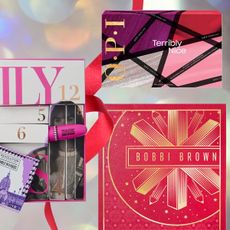 Beauty Advent Calendars Make the Perfect Holiday Gift
Beauty Advent Calendars Make the Perfect Holiday GiftThe gift that keeps on giving.
By Julia Marzovilla Last updated
-
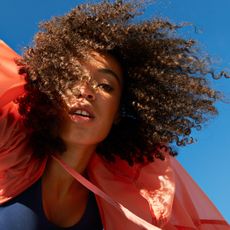 The 18 Best Natural Hair Products in 2023
The 18 Best Natural Hair Products in 2023Remember: Your curls are your crown.
By Gabrielle Ulubay Published
-
 The 9 Best Hot Rollers for the Curls of Your Dreams
The 9 Best Hot Rollers for the Curls of Your DreamsThis is how we roll.
By Samantha Holender Published
-
 The 12 Best Cream Eyeshadows, According to Makeup Artists
The 12 Best Cream Eyeshadows, According to Makeup ArtistsThe best part? They’re so easy to apply.
By Samantha Holender Published